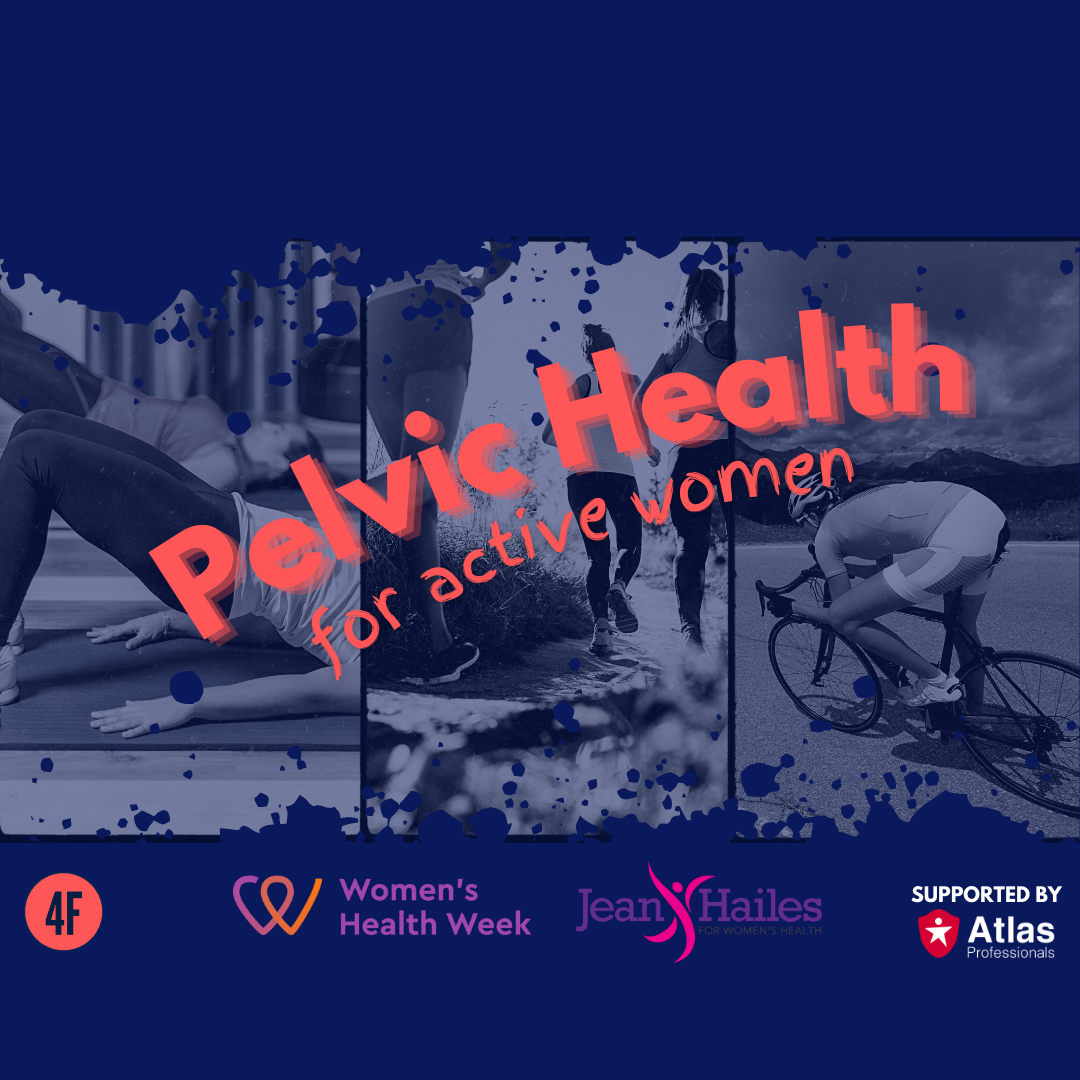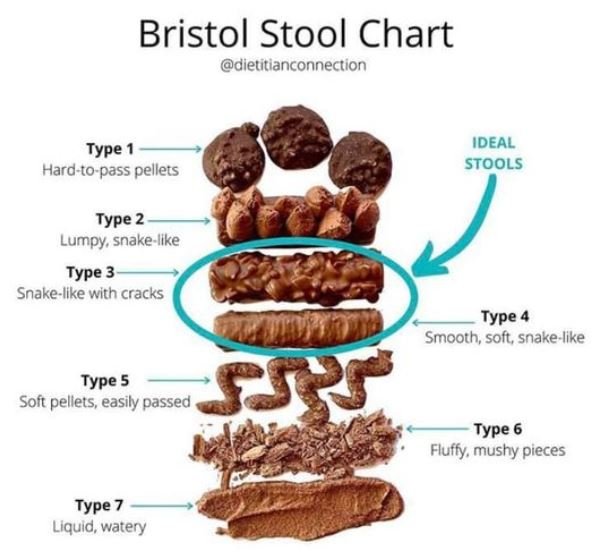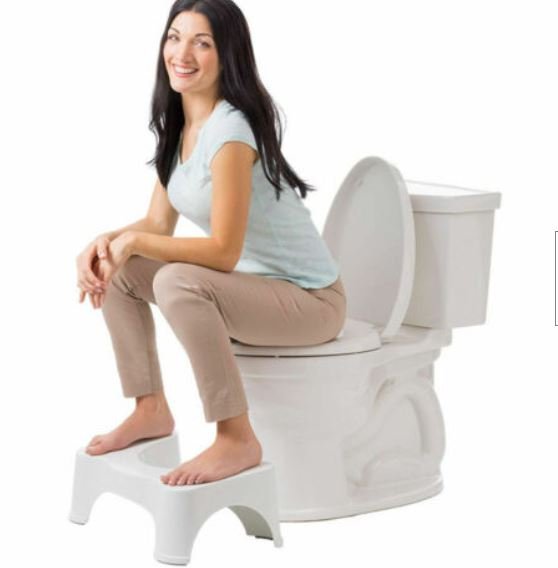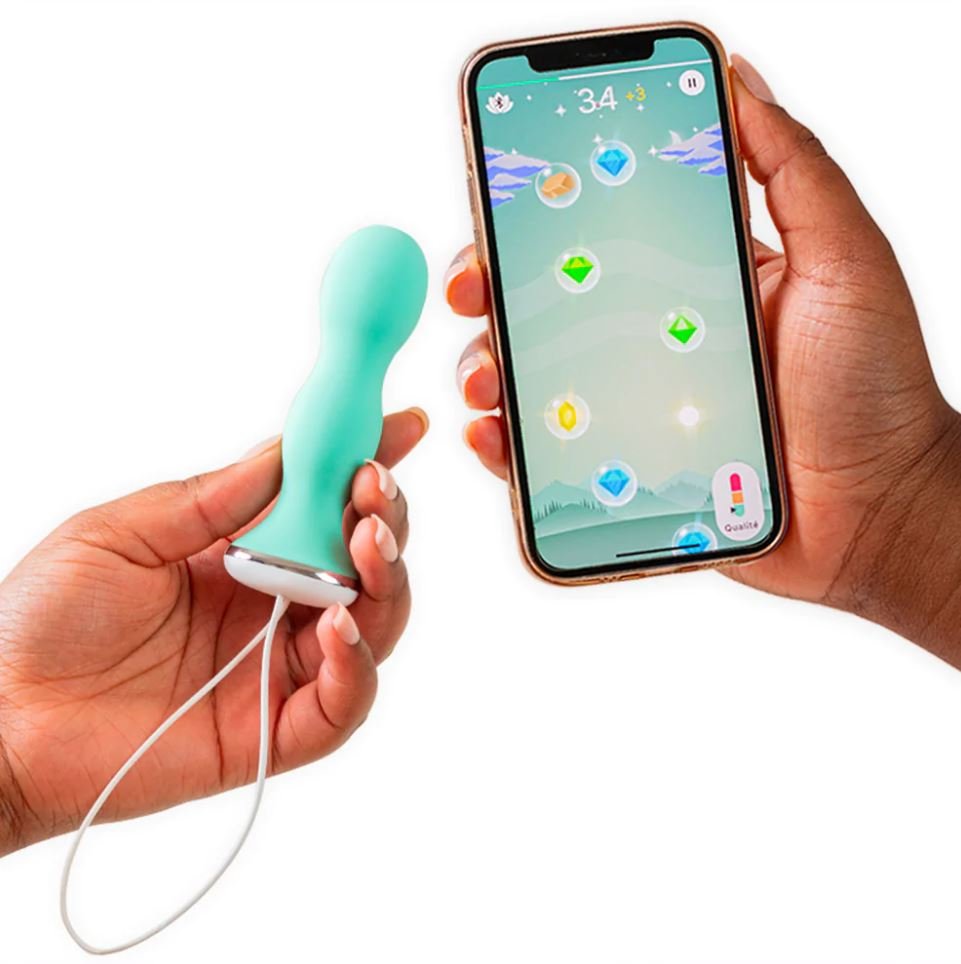Pelvic health - talk is powerful
On average women wait 6.5 years before seeking treatment for pelvic floor dysfunction*. There is a stigma attached to discussing pelvic health issues, and the saddest part is that whilst these are common, most can be prevented, treated or managed. 4Five+ are all about providing women with the resources and support to enjoy an active life, so we decided to be brave and put talk about ‘down there’ out there at our recent Pelvic Health for Active Women event.
Pelvic Health physiotherapists Angela Pontifex and Jessica Lim from Body Logic Pelvic Health Clinic provided a comprehensive overview of pelvic health issues, and their prevention, treatment and management.
Angela & Jessica talked about the risk factors for pelvic health issues - genetics, childbirth, surgical trauma, age, and the impacts of hormonal fluctuations caused by menopause (50% of women going through menopause will experience pelvic health symptoms*). They went into great detail about various pelvic health issues such as incontinence (bladder/bowel), prolapse (bladder/bowel/uterus) and sexual dysfunction, and the treatments available. There are many avenues to explore before surgery needs to be considered. Certainly, it was heavy going, but we also had a laugh, talking about the Bristol “Chocolate” Stool Scale, squatty potties, and kegel apps.
Some takeaways from the talk:
learn what normal is, and seek help early if something doesn’t seem right
yes, prevention is better than cure, and pelvic floor exercises work (yes, there’s an app for that)
while it is important to have strong pelvic floor muscles, it is also important to be able to release them effectively
develop good habits - the pelvic floor, bladder and bowel are trainable. Avoid developing bad habits (hanging on too long, going ‘just in case’)
hydration, nutrition (fibre!) and exercise are all important for gut, bladder and bowel health
if you are symptomatic, seek help from your GP or a Pelvic Health Physiotherapist!
Following the talk there was a discussion about saddle sore prevention and treatment. Unfortunately there is little rigorous research into the prevention and treatment of saddle sores for female cyclists, but there is anecdotal agreement on many strategies:
bike fit, correct saddle choice, saddle mapping, correct crank length: all reduce imbalances that can lead to saddle-sores
correct fitting kit, especially a quality (dense) female-specific chamois
Barrier creams & chamois creams - many to choose from, Sweet Cheeks was recommended
hygiene - don’t linger in sweaty knicks- clean with a soap free antibacterial wash and change into something loose ASAP
pubic hair is your friend. It helps to move sweat (and bacteria) away from the skin and also provides some protection against friction. Waxing and shaving can damage the folliclesand skin, making you susceptibloe to infection - try a trim instead, if you dare
and if you do find yourself with a saddle sore - keep the area clean, take a break from the bike (or reduce volume) if you can, try bathing in epsom salts, try appling a product that fights infection and speeds up healing. If it persists, see your doctor - they may be able to help with a steroid cream or injection.
Many thanks to Angela Pontifex and Jessica Lim from Body Logic Pelvic Health Clinic for generously giving up their Sunday to educate us, and to Atlas Professionals for kindly providing a venue for us to meet.
Please make use of the resources below to learn more, and spread the word!
Listen: Vaginas, Vulvas, and Pelvic Organ Prolapse with Kathleen Connell, MD (Episode 82) Hit Play Not Pause
Read: How scientific rigour helped Team GB’s saddle-sore cyclists on their medal trail
Tips: No More Saddle Sores
Watch: Let's talk about saddle sores! Becca Charlton talks with physio Phil Burt who worked with Team GB
Research: Getting to the Bottom of Saddle Sores: A Scoping Review of the Definition, Prevalence, Management and Prevention of Saddle Sores in Cycling. Napier, D.; Heron, N. Int. J. Environ. Res. Public Health 2022, 19, 8073.
Resources: Jean Hailes for Women’s Health (lots of great topics, see below)
*https://row.reviveactive.com/blogs/blogs/let-s-talk-pelvic-health-our-pelvic-floor-muscles-and-the-menopause





